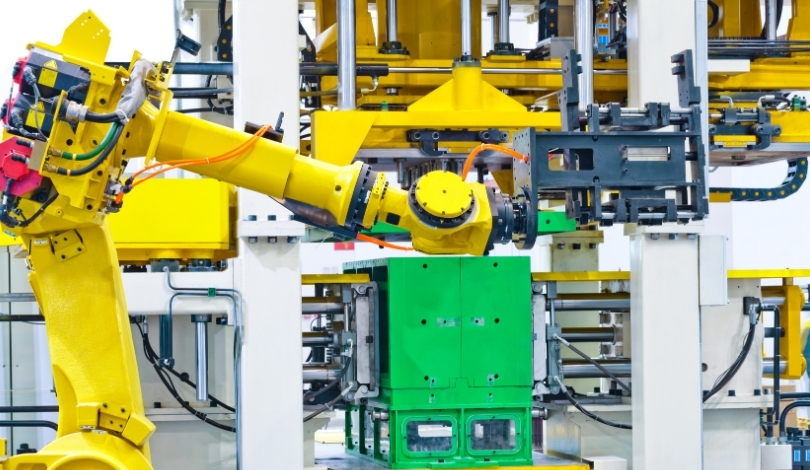Cities facing repeated flooding may soon have an alternative to traditional infrastructure as Terranova Inc. steps into the spotlight with its robotics-based land raising system. Known for a fresh approach to adapting to rising water levels, the San Francisco startup has developed autonomous robots that inject material below ground to lift properties and stabilize vulnerable terrain. The technology arrives at a moment when demand for climate resilience solutions has climbed, especially in US regions where flooding disrupts homes and businesses. As flood-related economic losses mount, Terranova’s methods seek to address the physical foundation of the problem, rather than just building higher walls or larger pumps.
Unlike earlier news relating to flood mitigation, which primarily featured mechanical barriers or urban design upgrades, Terranova’s recent developments introduce robotics as a core part of landscape engineering. Prior flood management stories often emphasized government or community planning efforts, while Terranova’s offering leverages automation and AI for precision terrain alteration. Previous announcements took a cautious stance on environmental impacts and cost, but Terranova claims a safer and potentially less expensive process. This approach aims not only to defend against water but to create new possibilities for housing and business expansion in at-risk areas.
How Does Terranova’s Robotic System Work?
Terranova uses robots, each about the size of a car, which inject a wood-based slurry deep underground to elevate land or structures without disrupting surface activities. The company’s system includes three injection robots supported by a central ‘mothership,’ enabling them to lift an acre of land by up to a foot each day. With an integrated suite of site assessment models, AI-driven campaign planning, and feedback-controlled operation, the technology aims to safeguard a range of properties and ecosystems. The robots operate with minimal visible footprint, creating raised terrain segments where floods might otherwise threaten.
Who Supported Terranova’s Seed Funding and Why?
Terranova secured $7 million in seed investment, led by Outlander and Congruent Ventures, joined by GoAhead Ventures, Gothams, and Ponderosa. The round reportedly closed at three times its original target, signaling investor interest in scalable alternatives to levees or seawalls. This funding intends to move the technology from development into real-world deployment, including hiring more engineers and field specialists. As Terranova CEO Laurence Allen put it,
“We’re combining heavy robotics and geotechnical innovation to literally reshape the world.”
Seed funding will focus on producing the robot systems at scale and launching initial site projects.
What Are the Environmental and Economic Implications?
Company representatives highlight the potential for their robots to enable commercial, residential, and industrial development in flood-prone zones by creating durable raised land from waste biomass. The process is being promoted as environmentally safe and cost-effective, with pricing goals substantially below those of traditional flood barriers. Investors noted that transforming waste into flood protection serves both climate adaptation and mitigation roles. Trip Allen, Terranova’s chairman, stated,
“I am proud to be bringing the first solution my city can afford to market.”
Terranova asserts that their solution is suitable for widespread use, including coastal wetlands and critical infrastructure, without the heavy footprints of older civil engineering methods.
While flood management often revolves around construction of levees or temporary barriers, Terranova’s strategy shifts attention toward persistent elevation and terrain manipulation using AI-guided robotics. Their Atlas platform, equipped with the Prometheus pumping pod and the Vulcan drilling pod, represents the intersection of automation and geotechnical science. Despite the promise, independent verification of environmental and cost claims will be necessary as projects move forward. For urban planners, policymakers, and developers faced with flooding risks, the availability of such solutions may widen the range of options, but it also underscores the importance of context-specific assessment and regulatory oversight. Readers interested in climate adaptation should track the implementation and outcomes of Terranova’s upcoming field work, as this will clarify both the limitations and strengths of applying robotics in flood resilience.










